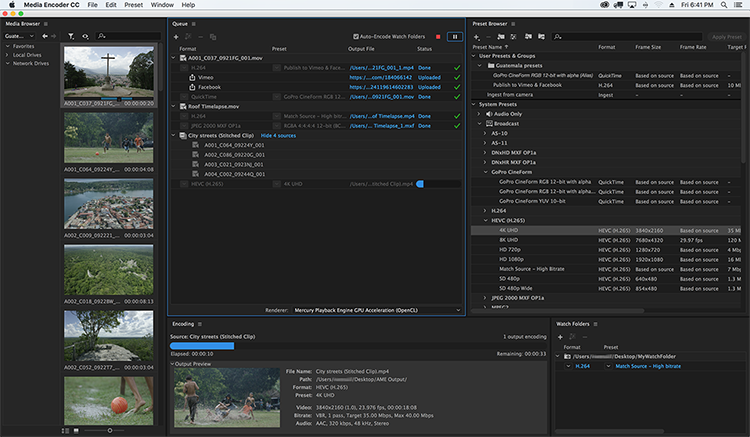

You can import the classification file on a frequent basis from the UI using a browser import or an FTP import.

The visitor is released from the experience and is now available to qualify for any other experience. This situation often happens when the visitor converts.


 0 kommentar(er)
0 kommentar(er)
